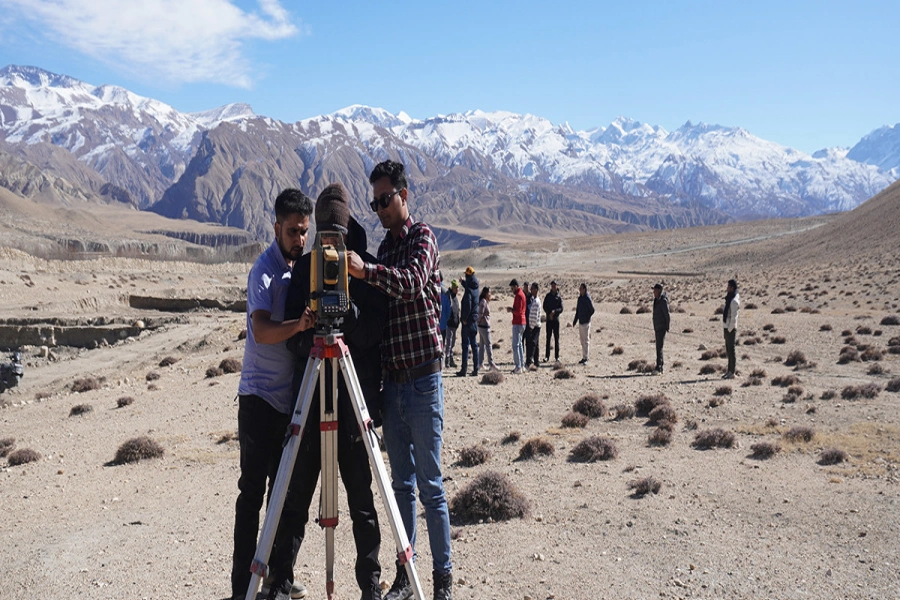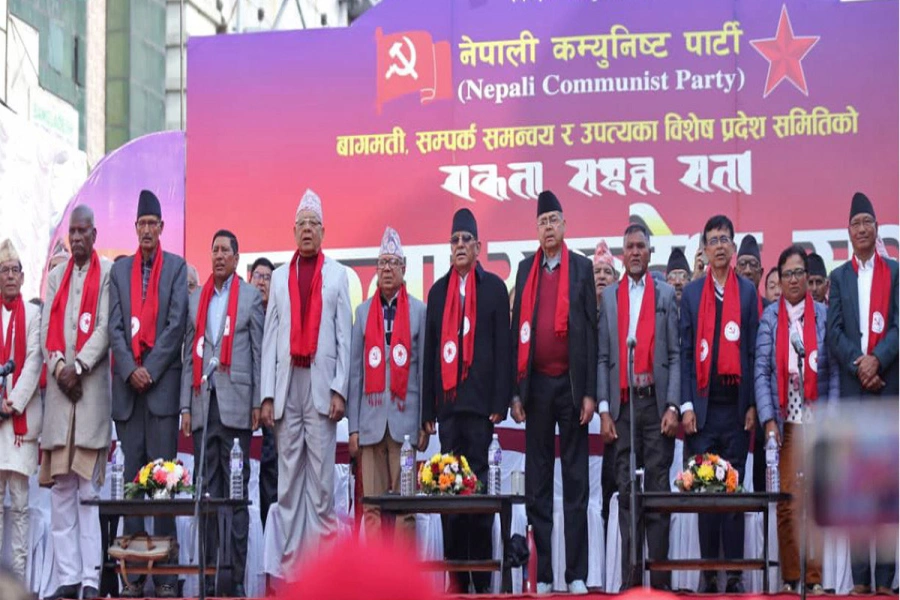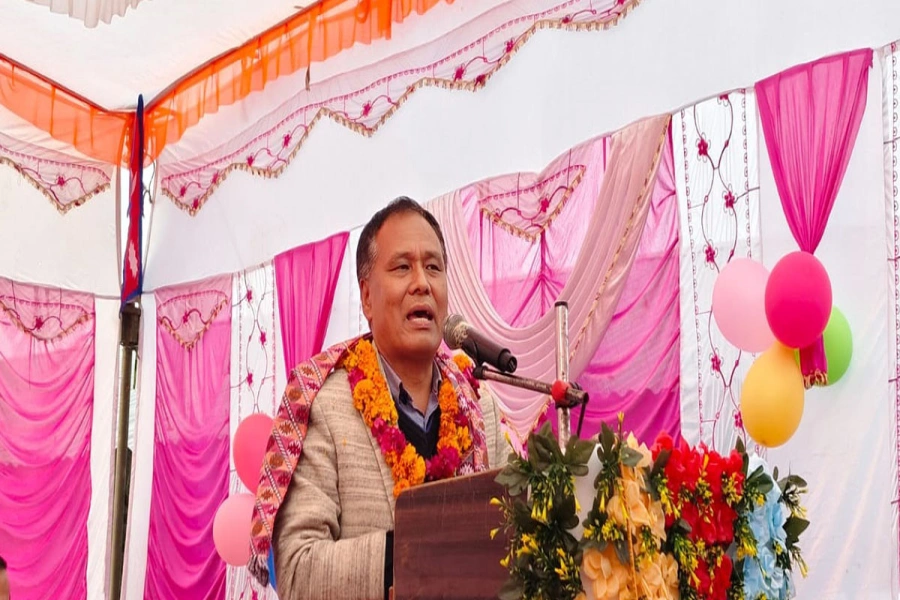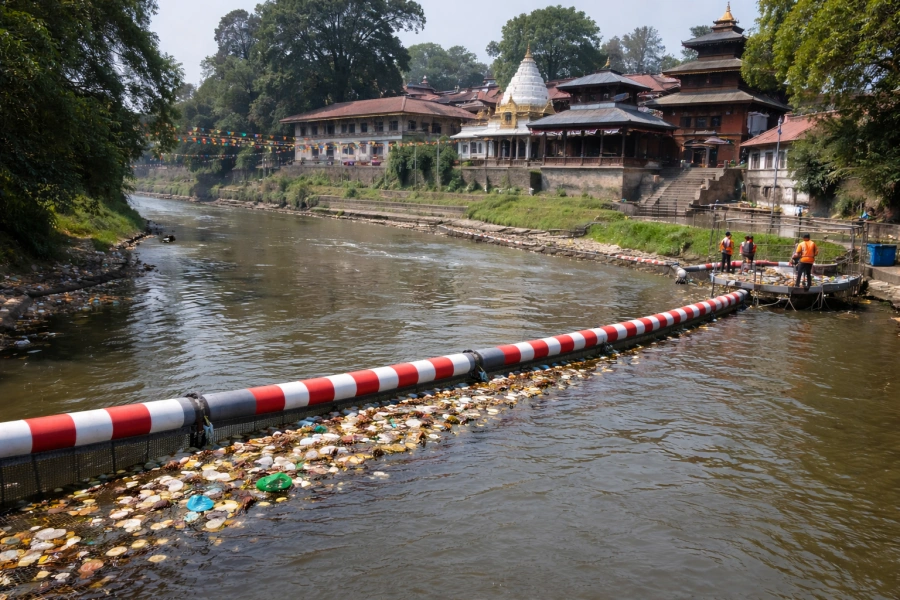KATHMANDU, Dec 28: Paddy production in the country has increased by 70,000 metric tons due to favorable weather and timely plantation this year. Although the government was unable to provide the required chemical fertilizer at the time of paddy plantation, the production has increased, compared to the previous years.
According to a source at the Ministry of Agriculture and Livestock Development (MoALD), 5.6 million metric tons of paddy has been produced in the current fiscal year 2020/21. The ministry has not formally released the figures. In the last fiscal year 2019/20, 5.51 million metric tons of paddy was produced. According to the ministry, the area of paddy plantation has also increased to about 1.5 million hectares.
Agriculture is estimated to contribute about 27 percent to the country’s Gross Domestic Product (GDP). Paddy contributes about seven percent to that. At a time when the economic growth rate of the country is declining due to COVID-19, the increase in paddy production is expected to bring some relief this fiscal year. Joint Secretary at the Ministry of Agriculture, Hari Bahadur KC said that paddy production has increased due to timely rain and plantation.
Paddy production projected to rise to 5.6 million metric tons t...

“Farmers were able to plant paddy on time due to timely rains since May,” KC said. “If chemical fertilizers had been made available, the production would have been increased even more.” According to KC, the area where paddy has been planted has increased this year, compared to the last year. Rice farming in Nepal largely depends on rain water due to the lack of an efficient irrigation system.
In Nepal, paddy is cultivated in Kachankawal in Jhapa at an altitude of 60 meters to Chumchaur in Jumla at an altitude of 3,050 meters.
Despite the increase in paddy production, import of agricultural commodities from abroad has not stopped. Secretary at the Ministry of Agriculture, Yogendra Kumar Karki, claimed that rice is imported from abroad even though it is being produced in Nepal to meet the demands of the domestic market.
“The rice produced here is thick grain rice,” Karki said. “It is being imported from abroad because Nepalis are habituated to eating fine grains of rice.” He said that the habit of eating maize, millet and other grains should be developed in the high hills and hilly areas.
“We need to change our diet to reduce our dependence on rice,” Karki said. The government had been running a fine and fragrant paddy production promotion program and paddy production program for several years to increase production. At present, paddy pockets, zones and super zones have been set up in different districts through the Prime Minister Agriculture Modernization Project.
Paddy experts say that paddy production will increase by 15 to 25 percent if high quality seeds, chemical fertilizers and adequate irrigation are provided in time. According to paddy expert Bholaman Singh Basnet, paddy production will increase by 10 to 15 percent even only if high quality seeds are made available.





































